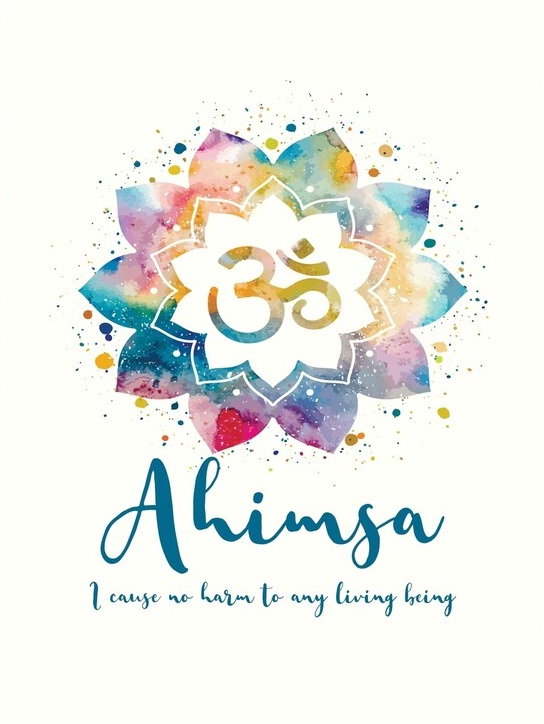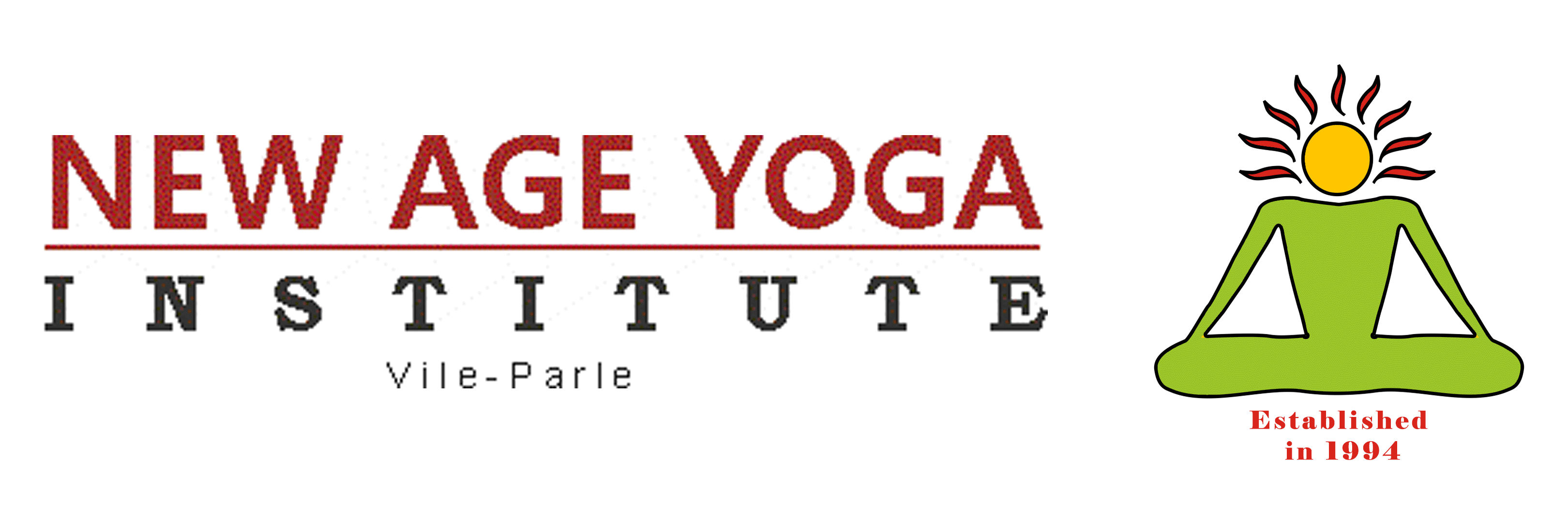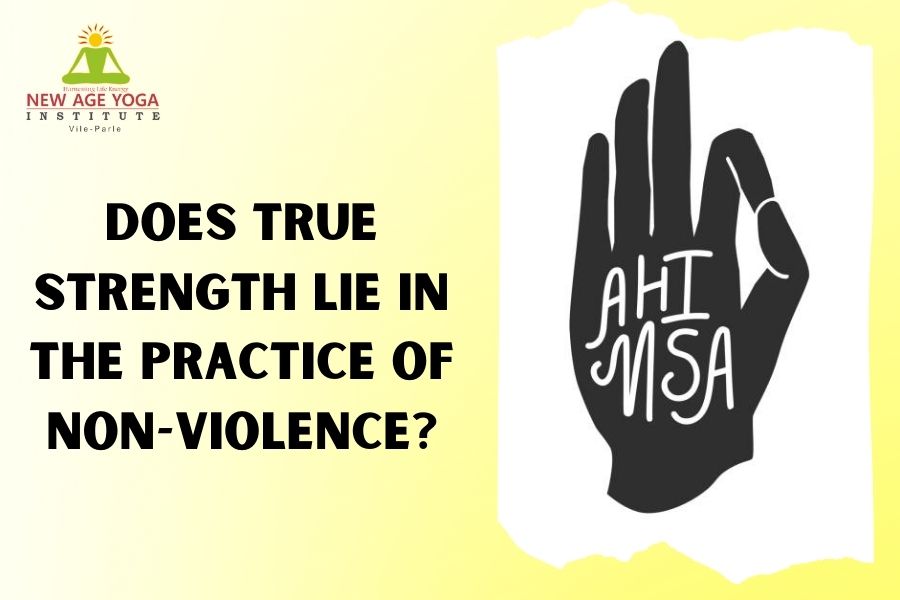Does true strength lie in the practice of non-violence?
Ahimsa, the first Yama in Patanjali’s Yoga Sutras, embodies the principle of non-violence and compassion towards all beings. It encourages practitioners to cultivate kindness in thoughts, words, and actions, promoting peace within oneself and in interactions with others.
Ahimsa extends beyond physical non-harm; it includes self-compassion and mindfulness of harmful thoughts. Practicing Ahimsa can transform relationships and foster a harmonious environment, as it is believed that those who embody non-violence inspire others to do the same.
As a Yogi becomes firmly grounded in non-injury (ahimsa), other people who come near will naturally lose any feelings of hostility.(ahimsa pratishthayam tat vaira-tyagah) || 2.35 ||
1.1 What one Himsa are you committing regularly in your life; (it could be action/word or thought)?
1.2 Why does it happen / recur in your life?
1.3 Are you committing it /getting it done or endorsing it?
1.4 What could be the undercurrent? Is it backed by lobh/krodh or moha [greed/anger or delusion] ?
1.5 What is the intensity [small/medium/large scale]?
1.6 What is the consequence – ajnana/dukha – ignorance/suffering/ narrowed conscience?
1.7 Can you identify the non-recognition/friction/resistance/ humiliation/violence in relationships due to that
1.8 What is the change in your life which will stop this Himsa ?
1.9 Can you foresee the result of Ahimsa ?

क्या सच्ची ताकत अहिंसा के अभ्यास में निहित है?
अहिंसा, पतंजलि के योग सूत्रों में पहला यम, सभी प्राणियों के प्रति अहिंसा और करुणा के सिद्धांत को दर्शाता है। यह साधकों को विचारों, शब्दों और क्रियाओं में दयालुता को विकसित करने के लिए प्रोत्साहित करता है, जिससे स्वयं के भीतर और दूसरों के साथ बातचीत में शांति बढ़ती है।
अहिंसा केवल शारीरिक हानि से परे जाती है; इसमें आत्म-करुणा और हानिकारक विचारों के प्रति सतर्कता शामिल है। अहिंसा का अभ्यास संबंधों को बदल सकता है और एक सामंजस्यपूर्ण वातावरण को बढ़ावा दे सकता है, क्योंकि यह माना जाता है कि जो लोग अहिंसा का पालन करते हैं, वे दूसरों को भी ऐसा करने के लिए प्रेरित करते हैं।
जब एक योगी अहिंसा में दृढ़ता से स्थिर होता है, तो निकट आने वाले अन्य लोग स्वाभाविक रूप से शत्रुता की भावनाओं को खो देते हैं।
(अहिंसा प्रतिष्ठायाम तत वैर-त्यागः) || 2.35 ||
1.1 आप अपने जीवन में नियमित रूप से कौन-सी हिंसा कर रहे हैं; (यह क्रिया/शब्द या विचार हो सकता है)?
1.2 यह आपके जीवन में क्यों होता है/पुनः क्यों होता है?
1.3 क्या आप इसे कर रहे हैं/करवा रहे हैं या इसे समर्थन दे रहे हैं?
1.4 इसके पीछे क्या कारण हो सकता है? क्या यह लोभ/क्रोध या मोह से समर्थित है [लालच/गुस्सा या भ्रांति]?
1.5 इसकी तीव्रता क्या है [छोटा/मध्यम/बड़ा स्तर]?
1.6 इसका परिणाम क्या है – अज्ञान/दुख – अज्ञानता/सुखदुख/संकीर्ण चेतना?
1.7 क्या आप इस कारण से संबंधों में गैर-स्वीकृति/घर्षण/प्रतिरोध/अपमान/हिंसा को पहचान सकते हैं?
1.8 आपके जीवन में क्या परिवर्तन होगा जब इस हिंसा को रोक दोगे ?
1.9 क्या आप अहिंसा के भविष्य परिणाम को देख सकते हैं?
2 responses to “Does true strength lie in the practice of non-violence?”
Yes we all do kayik,vachik,manasik himsa.
But to start getting aware of it,and moving ahead, inorder to stop it, is true YOGA.Beautiful explanation!!
Ahimsa is a foundation of yog sadhana. To know and make necessary corrections on all types of himsas we are doing will be a true Yog








Leave a Reply